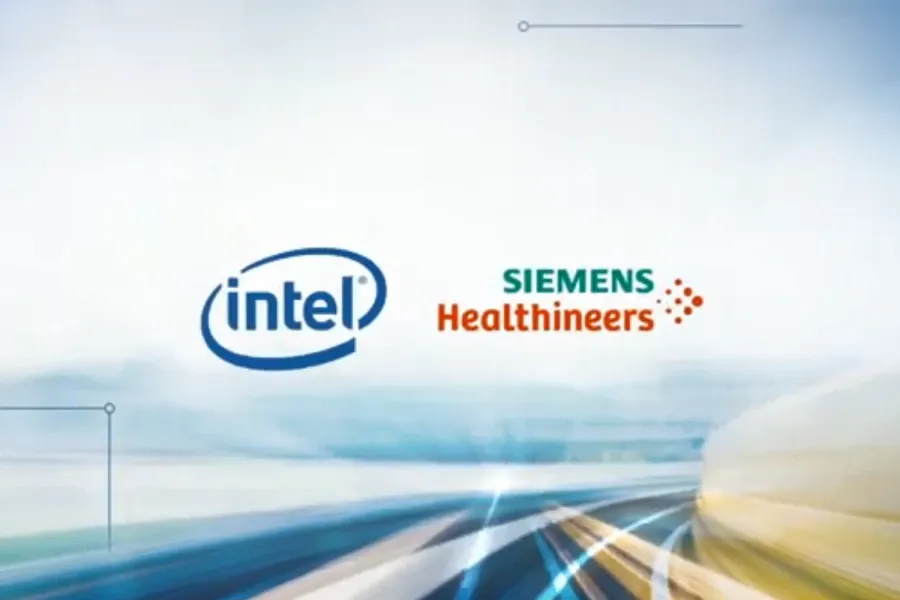Infobip and Haas Unveil Interactive Fan Quiz
Infobip is partnering with the MoneyGram Haas F1 Team on an innovative digital fan engagement campaign, designed to bring racing fans closer to the action.

Intel and Siemens Healthineers are collaborating on a break-through AI-based cardiac MRI segmentation and analysis model that has the potential to provide real-time cardiovascular disease diagnosis. Using 2nd-generation Xeon Scalable processors for AI inference, the two companies demonstrated the ability to deliver MRI inferencing results to technologists, cardiologists and radiologists in real time.
Utilizing an AI model of the heart potentially saves time for cardiologists because they do not have to manually segment different ventricles, myocardium, and blood pool cavities. AI-based segmentation happens as soon as the image slices are generated by the scanner at the edge, where the computation system can keep pace with the data being generated. This provides low latency for AI inference and high throughput speed, enabling healthcare providers to safely increase the number of patients treated per day.
“Siemens Healthineers and Intel have a shared goal to improve healthcare by applying AI where the data is generated, right at the edge using 2nd-generation Xeon Scalable processors with Deep Learning Boost and the Intel Distribution for OpenVINO. This enables real-time applications of cardiac MRI, making data interpretation available right after it’s collected,“ said David Ryan, general manager, Health and Life Sciences Sector, Internet of Things Group, Intel.
“We can now develop multiple real-time, often critical medical imaging use cases, such as cardiac MRI and others, using Intel Xeon Scalable processors, without the added cost or complexity of hardware accelerators,“ said Dorin Comaniciu, senior vice president, Siemens Healthineers.
The health and life sciences industry is digitizing healthcare and utilizing AI to accelerate clinical workflows, improve accuracy and diagnosis, reduce hospital costs, and support medical research. AI can quickly provide visibility into anatomical systems and identify abnormalities, which helps clinicians focus patient care.